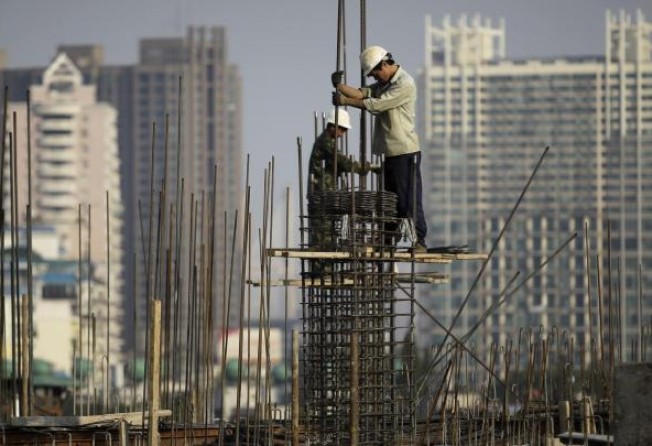Mainland cities achieve growth through cluster effect
Relationship between mainland's larger metropolises and smaller urban neighbours becomes closer, to their mutual economic benefit

In the past few decades there has been a fundamental change in the way we look at mainland cities.
While some overseas observers wrangle over their classification into "tiers", this method of pigeon-holing is becoming outdated as cities are no longer seen as growing in standalone "silos" but in clusters.
Along with freer trade and improved production synergy, the relationship between a larger core metropolis and surrounding smaller cities becomes much closer. City boundaries are therefore becoming blurred as city clusters, the new form of mainland urbanisation, burgeon.
We are, in fact, no strangers to the idea of mainland city clusters and since the early 1980s, with the establishment of special economic zones along the coastlines, we have witnessed the formation of such clusters around some major cities.
The productive powerhouses of these clusters have since contributed tremendously to China's strong economic growth, without which the world would be quite a different place under a shadow of gathering recession.
The clusters are better known as the Yangtze River Delta, the Pearl River Delta, and the Beijing-Tianjin-Hebei region.
Since their formation and development, more are taking shape and we have identified seven emerging clusters that already feature prominently in the nation's urbanisation process, or are in line to take their place. They are: central and southern Liaoning province, Shandong peninsula, Wuhan, Changsha-Zhuzhou-Xiangtan, the west coast of the Taiwan Strait, Guanzhong-Tianshui, and the Chengdu-Chongqing city clusters.
But why do cities cluster? With rapid economic expansion in the country, a development methodology focusing on individual cities had begun to limit their growth. As a result, regional co-ordination through functional and resource allocation across city boundaries has long been taking place.
At the same time, there has been an improved circulation of people, goods, and funds, thanks to transportation and communication network development.
Under these conditions, new city clusters are forming and the urbanisation process has moved into a new phase for cities within.
With this change in the macro-environment, and thanks to the consequent regional trade liberalisation and production specialisation, the relationship between some of the major metropolises and surrounding inland cities is growing stronger.
City clusters, as a more advanced form of urbanisation as well as regionalisation, are becoming a major feature of the mainland landscape.
Apart from this process, overall support of national general planning has driven cities to co-operate with each other within the regions.
The State Council has released a blueprint designating some 20 city clusters around the country based on their major functional focuses, stating that this will form the core of national urbanisation strategies. Also, in recent years, huge investment in infrastructure has fundamentally improved the nation's transportation network.
The rail network of the three north-south and the three east-west lines, for example, has linked most of the emerging city clusters as well as more mature clusters such as the Yangtze River Delta together. Even on the regional level, high-speed rail lines have enhanced integration within regions, such as the one-hour economic circle of the Ynagtze delta. Ultimately therefore, two factors drive the development of the city clusters, especially emerging ones.
Firstly there is a drive to develop collective economic potential and investment prospects so that the per-capita GDP for these emerging city clusters will eventually catch up with that of mature clusters such as the Pearl River Delta.
Secondly, given the immense difference in the social, economic, and cultural aspects of various city clusters, each will strive to explore its specific competitive advantage, be it geographical location, scientific knowledge base, abundant natural resources, or proximity to overseas trading partners, in order to maximise its market potential and impact.
We need to point out that the core city in each of these clusters will have to play a crucial leadership role in the overall development by raising the level of prosperity of its peripheral members.
Finally, with the rapid development of the emerging city clusters and the increased migration of rural to urban population, each city's urbanisation rate will see a rapid increase, bringing huge demand for real estate. This will drive the overall urbanisation of the country, as well as potential business opportunities.
David Ji is head of Greater China Research, DTZ.